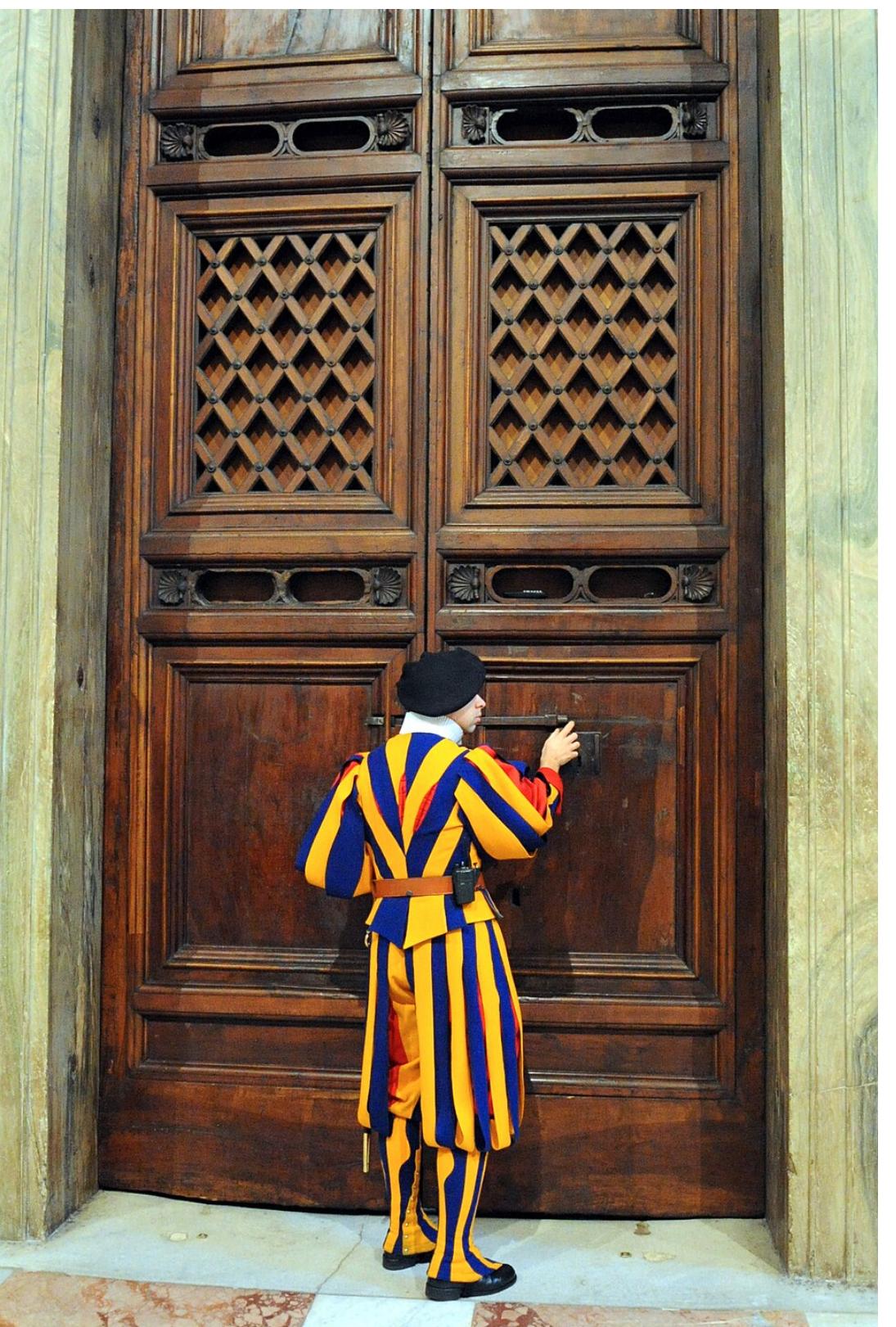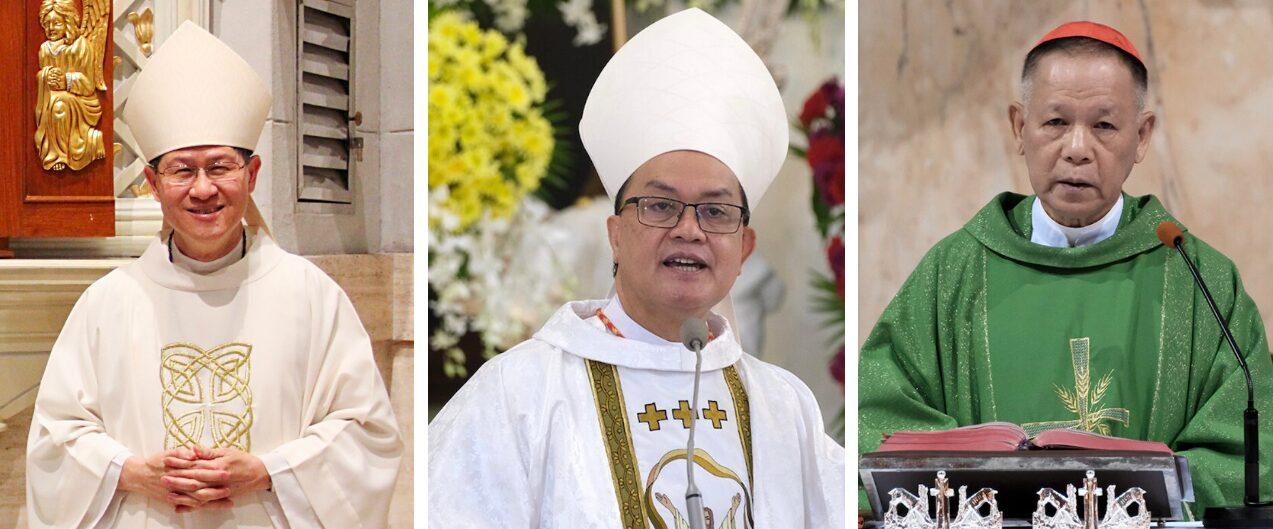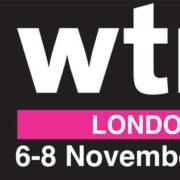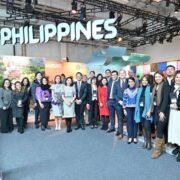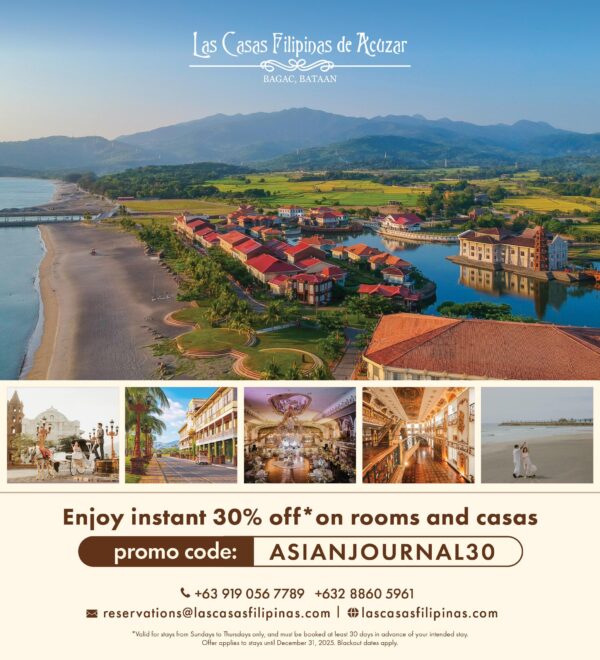During a conclave, the doors of the Sistine Chapel are sealed with the declaration “extra omnes” as cardinal-electors begin the secret voting process.
File photo of a Swiss Guard during a diplomatic visit.
(U.S. Department of State/Public Domain)
Discover how the Catholic Church selects its next pope, including the secretive rituals of the papal conclave, key figures to watch in 2025, and the role of the Sistine Chapel.
VATICAN CITY— In times of transition, the Catholic Church turns to one of its oldest and most sacred rites: the papal conclave. As the Church prepares to choose a new leader following the death of Pope Francis in April 2025, Catholics around the world—especially in nations like the Philippines, home to Asia’s largest Catholic population—look toward the Vatican with prayer, hope, and renewed curiosity.
What exactly happens inside a conclave? Who votes? How is a pope elected—and why does this centuries-old tradition still matter today?
Here’s a definitive guide to the process that shapes the future of the global Church.
What is a Papal Conclave?
The word conclave comes from the Latin cum clave, meaning “with a key.” It refers to the locking away of cardinals in total seclusion to elect the new pope. The practice was formalized in the 13th century to protect the process from political interference and to compel swift decisions after long, chaotic papal vacancies.
Today, conclaves are highly organized, meticulously safeguarded, and infused with deep spiritual significance.
When and Why Does a Conclave Happen?
A conclave is held:
After the death of a pope, as in the case of Pope Francis in 2025.
Following a papal resignation, such as Pope Benedict XVI in 2013—only the second resignation in nearly 600 years.
The conclave must begin 15 to 20 days after the papacy becomes vacant, allowing time for preparations and the arrival of cardinals from around the world.
Who Can Vote?
Only members of the College of Cardinals who are under the age of 80 at the time the papacy becomes vacant are eligible to vote.
As of the 2025 conclave:
133 cardinal-electors are participating (the largest in history).
They represent over 70 countries, reflecting the Church’s global diversity.
Over 80% of the electors were appointed by Pope Francis, many from developing nations.
Where Does the Conclave Take Place?
All voting takes place in the Sistine Chapel in Vatican City, beneath Michelangelo’s ceiling frescoes. Cardinal-electors reside during the process in Casa Santa Marta, a guesthouse on Vatican grounds.
Strict measures are enforced:
No phones, no internet, and no communication with the outside world.
Rooms are swept for bugs, and electronic jammers are deployed to block signals.
The Spiritual Dimension
Before voting, the cardinals attend a special Mass called “Pro Eligendo Papa” (“For the Election of the Pope”) to pray for discernment. Each cardinal swears an oath of secrecy, committing not to reveal anything that occurs during the conclave.
The motto is: “Extra omnes!”—“Everyone out!”—marking the moment when all non-essential personnel must leave the chapel and the doors are locked.
The Voting Process
Ballots are cast in secret and placed in a chalice.
Each cardinal writes the name of his chosen candidate in Latin.
A two-thirds majority is required for a valid election.
There are up to four votes per day—two in the morning, two in the afternoon.
After each round:
Black smoke (fumata nera) from the chimney means no decision yet.
White smoke (fumata bianca) signals that a new pope has been elected.
When white smoke appears, bells of St. Peter’s Basilica also ring to confirm the result.
What Happens After a Pope Is Elected?
Once a candidate receives the necessary votes, the Dean of the College of Cardinals asks the question:
“Do you accept your canonical election as Supreme Pontiff?”
If he accepts, he chooses a papal name, is dressed in white papal vestments, and prepares for his first public appearance.
Moments later, the senior cardinal deacon steps out onto the balcony of St. Peter’s Basilica and declares to the world:
“Annuntio vobis gaudium magnum: Habemus Papam!”
(“I announce to you a great joy: We have a Pope!”)
A Brief History of Conclaves
The first formal conclave was in 1274 under Pope Gregory X, who instituted rules to prevent lengthy elections.
The longest conclave lasted nearly three years (1268–1271).
The fastest conclave in modern times was in 2005, when Pope Benedict XVI was elected in just two days.
Who Are the Leading Candidates in 2025?
While conclaves are secret and no formal campaigning takes place, some cardinals are seen as papabile—those with real chances of being elected:
- Cardinal Pietro Parolin (Italy) – Vatican Secretary of State
- Cardinal Jean-Marc Aveline (France) – Advocate for interfaith dialogue
- Cardinal Fridolin Ambongo (Congo) – Voice on environmental and social justice
- Cardinal Luis Antonio Tagle (Philippines) – A widely respected global figure
Spiritual Reflection and Global Impact
The conclave is not simply about electing a new administrator—it is a spiritual discernment that can shape global issues, humanitarian responses, interreligious dialogue, and moral leadership for years to come.
For many, especially in the Filipino diaspora, it is a moment of unity and spiritual anticipation.
As the smoke rises from the Sistine Chapel, the world awaits—praying, watching, and hoping for a leader who reflects the needs and diversity of the 21st-century Church.


